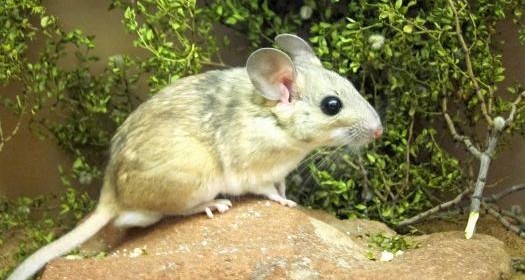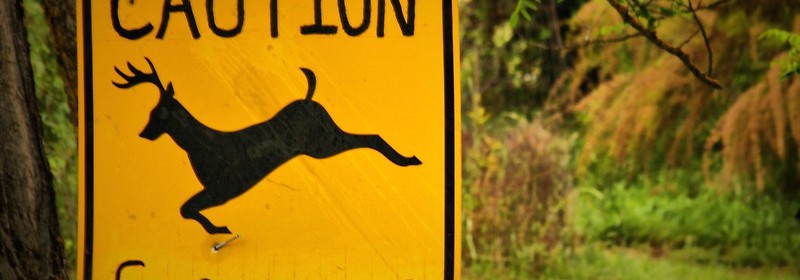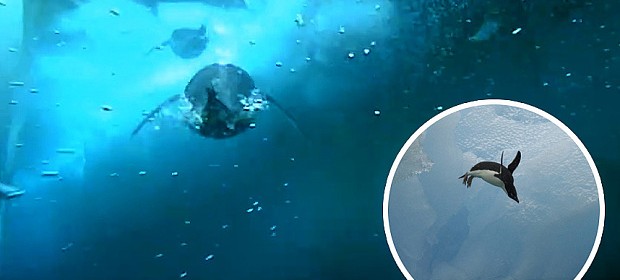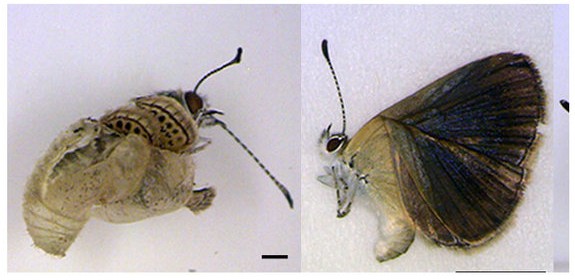A rodent as big as a buffalo
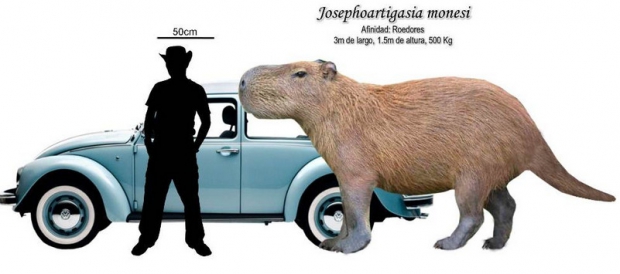
Modern-day mousetraps wouldn’t stand a chance against the supersize rodents that roamed South America about 2 million years ago, National Geographic reports. A giant ancestor of the guinea pig, Josephoartigasia monesi weighed more than 2,000 pounds and stood 5 feet tall, roughly the size of a modern buffalo. Because the critter also sported foot-long buckteeth, University of York scientists wanted […]
Read more
